HD Silver Grey 32
Performance and durability, even for monolithic applications
SunGuard® High Durable (HD) glass is a high durability sputter coated solar control glass. The product provides all the optical clarity and energy performance that is traditionally associated with sputtered coatings. The durable coating is based on highly resistant materials that enable the glass to be used monolithically, when applied on the inside surface (#2). The handling and fabrication characteristics are comparable to any other product available for monolithic glass applications.Typical applications include the outer glass of double skin facades, ventilated glazing, spandrel panels, glass louvres and external shading fins for solar control shading purposes.
Product information
- Guardian ExtraClear 4-12 mm
- Guardian NEXA 4-10 mm
- Windows
- Facades
- Roof window
- Curtain walls
- Doors
- Single Product (Annealed and Heat Treated)
- Heat Strengthened
- Heat Soaked
- Annealed
- Laminated
- Bent
- Tempered
- Surface 2 (double IGU)
- Surface 2 (triple IGU)
- <3210x6000mm
- No
- Durable Coated Glass
- Solar control
- Can be used Monolithic
- Can be in an Insulating Glass Unit
- Silver
- Gray
Visual Appearance
Use the Glass Visualizer to get an introductory understanding of how glass will appear in use. Use the Glass Analytics tools to explore even more options for color and performance.
You need more information and additional mockups? Consult our Glass Visualizer Tool:

The glazing make-up suggestions below are pre-defined to provide examples of commonly used combinations of products. There are many other glass combinations available at Glass Analytics.
- Default Performance Data
- Performance Calculations
-

Monolithic
-
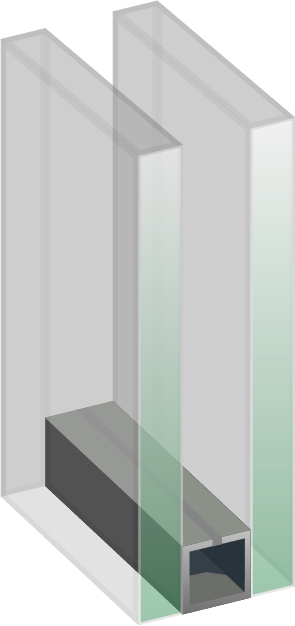
Double Glazed
-
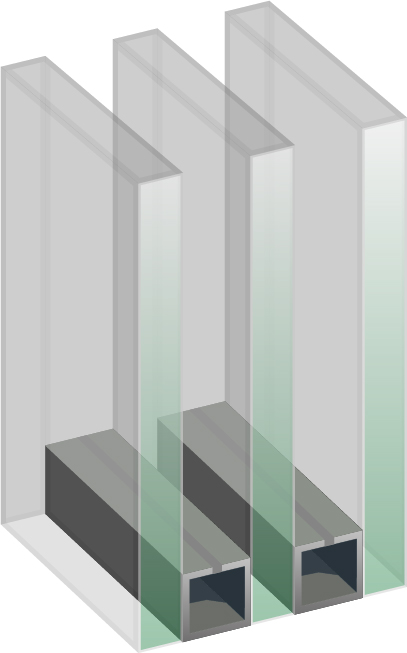
Triple Glazed
Monolithic
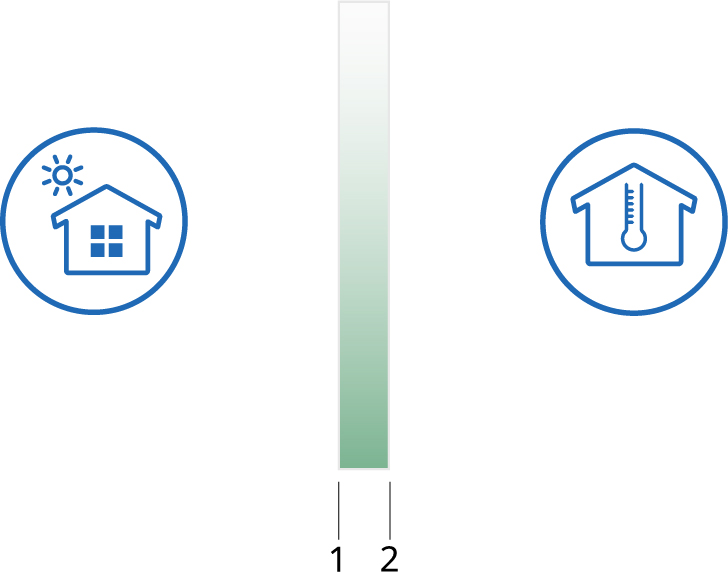
GLASS: Guardian ExtraClear (CE) Glass, 6mm (2-SunGuard® HD Silver Grey 32 (CE))
Calculated Values are in accordance with EN 410:2011 / EN 673:2011
Performance Values For more details on the performance values displayed and Embodied CO2 please click here
Double Glazed
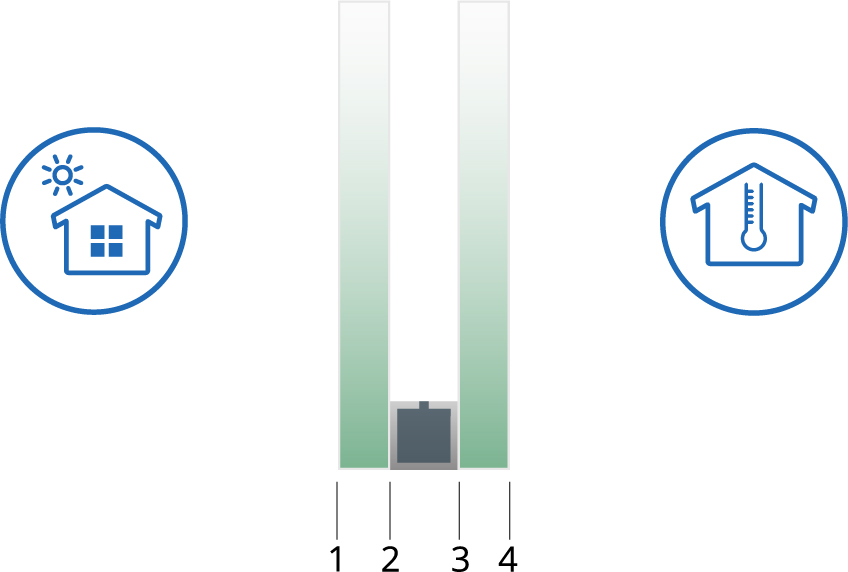
GLASS: Guardian ExtraClear (CE) Glass, 6mm (2-SunGuard® HD Silver Grey 32 (CE))
GAP: 10% Air, 90% Argon 16.0mm
GLASS: Guardian ExtraClear (CE) Glass, 4mm (3-ClimaGuard® Premium2 (CE))
Calculated Values are in accordance with EN 410:2011 / EN 673:2011
Performance Values For more details on the performance values displayed and Embodied CO2 please click here
Triple Glazed
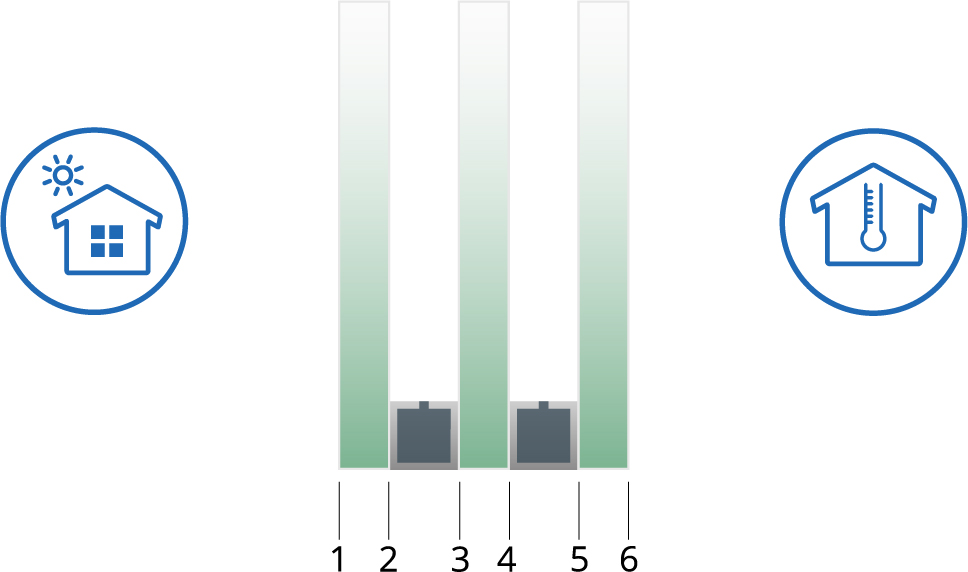
GLASS: Guardian ExtraClear (CE) Glass, 6mm (2-SunGuard® HD Silver Grey 32 (CE))
GAP: 10% Air, 90% Argon 16.0mm
GLASS: Guardian ExtraClear (CE) Glass, 4mm
GAP: 10% Air, 90% Argon 16.0mm
GLASS: Guardian ExtraClear (CE) Glass, 4mm (5-ClimaGuard® Premium2 (CE))
Calculated Values are in accordance with EN 410:2011 / EN 673:2011
Performance Values For more details on the performance values displayed and Embodied CO2 please click here
-
Monolithic
Not available for this product
-
Double
Not available for this product
-
Triple
Not available for this product
Monolithic
Monolithic Laminated
Double Glazed
Double Outer pane Laminated
Double Inner pane Laminated
Double Inner and Outer pane Laminated
Triple Glazed
Triple Outer pane Laminated
Triple Inner pane Laminated
Triple Inner and Outer pane Laminated
Access our website on a bigger device to be able to use our comparison tool.
Can’t find the glass make-up you are looking for? Go to Glass Analytics for more detailed configurations:
Find the Guardian Glass supplier nearest you
Add filters



